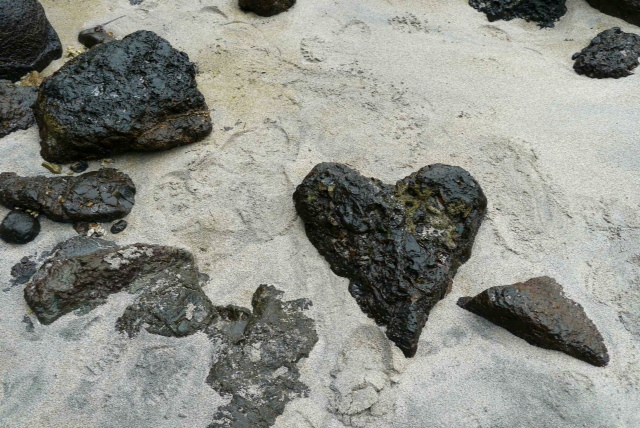
We were driving on the CN34 between Matapalo and Barú when a flock of big birds in a dirt field caught Vlad’s attention. We stopped on the side and saw dozens of black vultures. Some were perched on chopped wood, others on a fence, and the rest was in the field, packed. We approached slowly and they let us within five meters of them.

On the road again but not for long. Soon we reached Dominical. The view from the bridge that crosses the river Barú was astounding. We saw big water birds (a grey heron, an egret) and stopped, but soon we saw an aracari (a sort of toucan), and beyond the river there was the ocean and big waves.

We stayed two hours between the river and Playa Dominical, photographing leafcutter ants, cormorants, basilisks, a green heron, black vultures, crabs, brown pelicans. I leaned so close to the female basilisk that I can see the shape of my body reflected in her eye.




Then we drove on a track next to the river Barú, wondering if we’d see crocodiles, as there were signs warning against them. Also, openstreetmap didn’t have that track. It was about 3 km long and when it stopped, it did at the river, steeply. We parked. Soon after, a pick-up truck crossed the river. It was impressive. We walked a bit along the river. Vlad saw a little crocodile but it dived immediately and we never saw it again. I photographed a tiny brown frog, flowers, etc. and Vlad, crossing a ford in the 4WD, of course.


Back on the road, more curves, more bumpy tracks, more rivers crossed, including the Rio Savegre. I was in awe in front of a tree next to a house by a bridge crossing the Rio Savegre. A tall tree bare of leaves but full of pink blossom. Here, see:

Before and after the big city of San Isidro the road kept winding and climbing, except that after San Isidro, it was called a highway. That is, one lane each, limited speed of 50 Kph, with many big trucks that drove well above the limit, in both directions. We passed through small villages, watched the very green pastures, forests, in the sun and above clouds.

Then we were in the clouds. Around 6 p.m. the clouds around us had a pink or orange glow. It was eerie.

We climbed some more, and soon were at the highest point, 3360 meters, and we understood the glow ealier. On our left there was the most amazing sunset we had ever seen. High as we were, there were mountains underneath, each valley filled with thick white clouds, the summits emerging, and above us there were several layers of clouds that the sun was colouring in deep pink, bright orange and red. Here, see:

We were late, but never mind, really. Soon after the pass, we drove downward, took a left and drove, in the dark, on a bumpy track during 9 kilometers (how long? Between thirty and forty minutes) and we reached Savegre Hotel de Montańa.
See my Flickr album (241 photos).






































